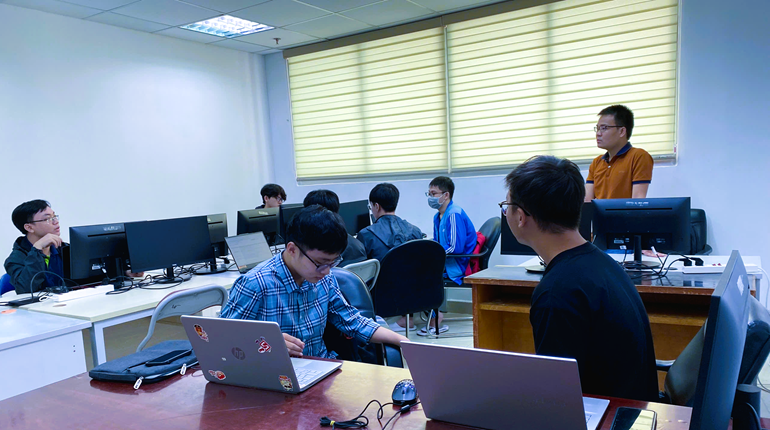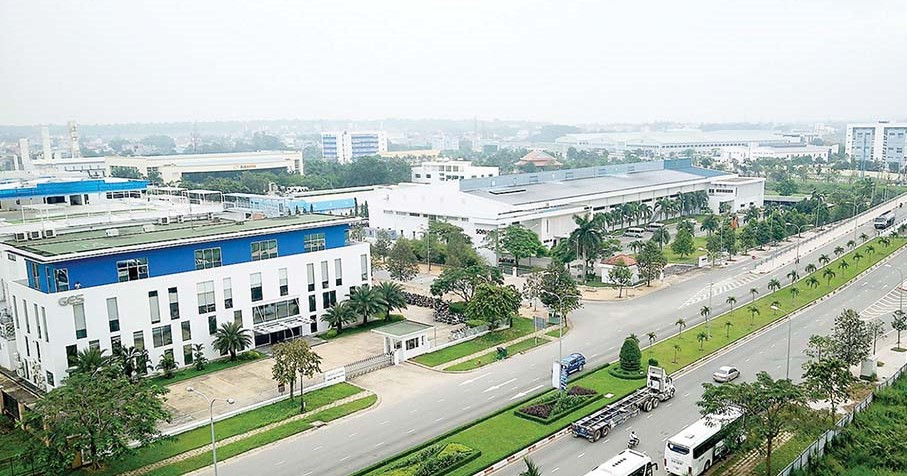
Verilog is a HARDWARE DESCRIPTION LANGUAGE (HDL). A hardware description language is a language used to describe a digital system: for example, a network switch,
a microprocessor or a memory or a simple flip-flop. This just means that, by using a HDL, one can describe any (digital) hardware at any level.

1 // D flip-flop Code
2 module d_ff ( d, clk, q, q_bar);
3 input d ,clk;
4 output q, q_bar;
5 wire d ,clk;
6 reg q, q_bar;
7
8 always @ (posedge clk)
9 begin
10 q <= d;
11 q_bar <= ! d;
12 end
13
14 endmodule
One can describe a simple Flip flop as that in the above figure, as well as a complicated design having 1 million gates. Verilog is one of the HDL languages available in the industry for hardware designing. It allows us to design a Digital design at Behavior Level, Register Transfer Level (RTL), Gate level and at switch level. Verilog allows hardware designers to express their designs with behavioral constructs, deferring the details of implementation to a later stage in the final design.
Many engineers who want to learn this language, very often ask this question, how much time will it take to learn Verilog? Well my answer to them is "It may take no more than one week, if you happen to know at least one programming language".
Design Styles
Bottom-Up Design
The traditional method of electronic design is bottom-up. Each design is performed at the gate-level using the standard gates (refer to the Digital Section for more details). With the increasing complexity of new designs this approach is nearly impossible to maintain. New systems consist of ASIC or microprocessors with a complexity of thousands of transistors. These traditional bottom-up designs have to give way to new structural, hierarchical design methods. Without these new practices it would be impossible to handle the new complexity.
Top-Down Design
Figure shows a Top-Down design approach.
Verilog Abstraction Levels

Behavioral level
Register-Transfer Level
Gate Level
Behavioral level
Register-Transfer Level
Designs using the Register-Transfer Level specify the characteristics of a circuit by operations and the transfer of data between the registers. An explicit clock is used. RTL design contains exact timing bounds: operations are scheduled to occur at certain times. Modern RTL code definition is "Any code that is synthesizable is called RTL code".
Gate Level
Within the logic level the characteristics of a system are described by logical links and their timing properties. All signals are discrete signals. They can only have definite logical values (`0', `1', `X', `Z`). The usable operations are predefined logic primitives (AND, OR, NOT etc gates). Using gate level modeling might not be a good idea for any level of logic design. Gate level code is generated by tools like synthesis tools and this netlist is used for gate level simulation and for backend.
Bạn Có Đam Mê Với Vi Mạch hay Nhúng - Bạn Muốn Trau Dồi Thêm Kĩ Năng
Mong Muốn Có Thêm Cơ Hội Trong Công Việc
Và Trở Thành Một Người Có Giá Trị Hơn
















